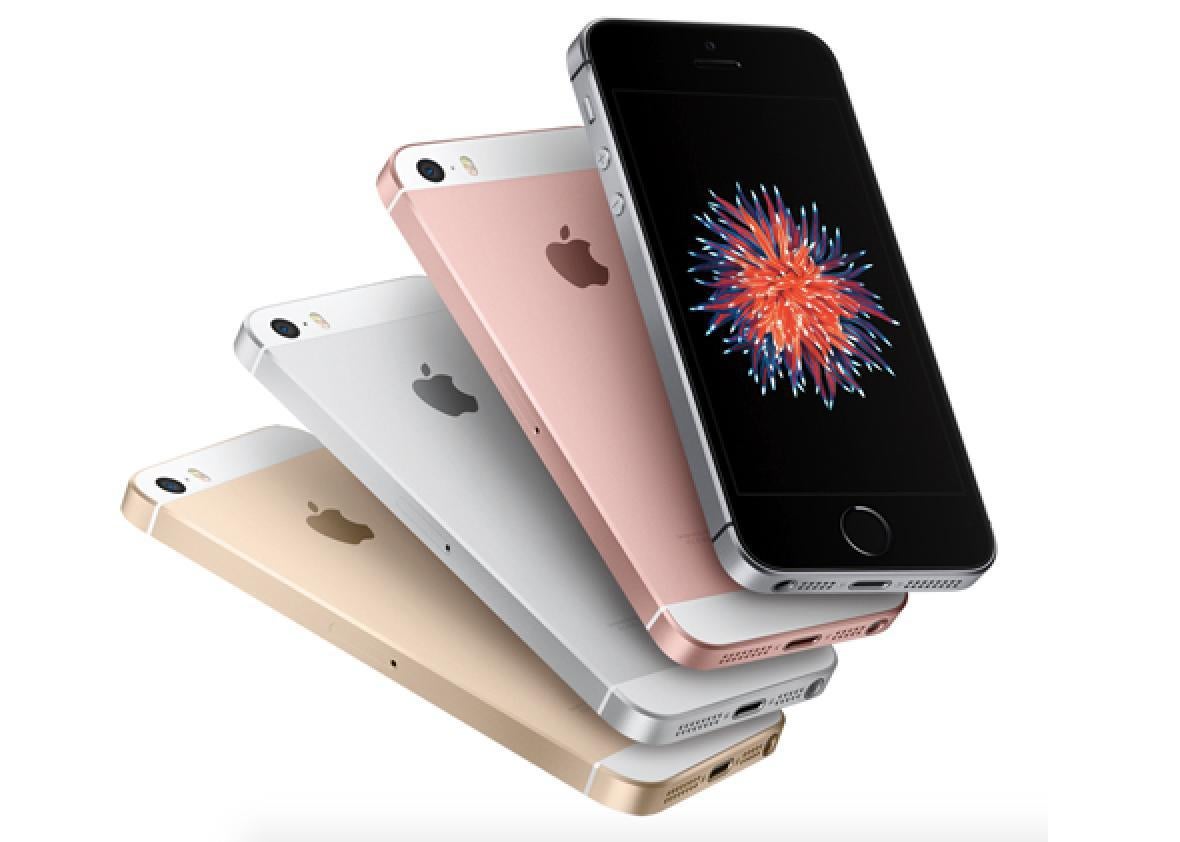On Monday, Apple announced the iPhone SE, a budget device with a 4-inch screen. “Today we’re welcoming a new member to the iPhone family,” Apple CEO Tim Cook said.
But it’s not really new. The iPhone SE is an updated version of the iPhone 5S, which was released in September 2013. And Kate Knibbs of Gizmodo doesn’t want anyone to be confused. “Calling this a new phone is like putting a wig on a body pillow and naming it Samantha. Samantha is still a body pillow,” she wrote on Monday. So if it’s not all that novel, what’s good about the iPhone SE—and who might want it?
Once upon a time, Apple’s approach to creating budget devices took advantage of the company’s rapid upgrade cycle. Rather than manufacture cheaper options straight out and risk diluting its image as a luxury brand, Apple would discount its older releases from the previous couple of years and keep selling them alongside its latest products. The iPhone SE marks a change of strategy, then. It’s definitely an iPhone 5S at heart, but it’s also purpose-built as a “new” low-cost smartphone.
Apple VP Greg Joswiak said at the event that “while the vast majority of our customers prefer these larger-display iPhones … our 4-inch iPhones are actually an important part of our lineup. …. Some people even pleaded with us to please keep the 4-inch products in our lineup.” He noted that Apple sold 30 million 4-inch iPhones in 2015 (out of more than 230 million total in 2015). That doesn’t seem like a very large percentage, but Joswiak described two groups that Apple hopes to serve with the iPhone SE, which helps explain the decision. He said:
First, for some people they simply love smaller phones. … Second, we found that for a lot of these customers [who buy 4-inch iPhones] it’s their first iPhone, whether they’re switching from Android or it’s their first smartphone. … And in some countries like China it’s the majority of these customers who it’s their very first iPhone.
These reasons for launching the iPhone SE are a reflection of Apple’s business of late. In January, for example, Will Oremus wrote on Slate that, “iPhone sales growth—the driver of the company’s unprecedented run of financial success—has slowed to 1 percent, thanks in part to softening demand in China.” That pretty much speaks to everything Joswiak was talking about on Monday. And those people in the first group who love small screens and “even pleaded” with Apple to keep them? Maybe they do prefer a compact smartphone. But they probably also like the lower price.
The iPhone SE will cost $399 for the 16GB model and $499 for the 64GB model. It’s the cheapest an iPhone has ever been at its debut. For people who would struggle to afford a $650 phone or those who’ve already destroyed one high-cost iPhone, $400 may feel more tolerable. Joswiak also noted that the 16GB iPhone SE will be free with an (increasingly rare) two-year subsidized wireless contract, and it can also be purchased on an installment plan. “Of course we know installment plans have become incredibly popular,” Joswiak said casually, as if it’s typical for Apple to worry about how customers are going to afford its products.
The bottom line is that Apple needs to be luring new iPhone users if it wants to keep topping its earnings quarter after quarter. The company seems to think that a small phone can help with big results, but it feels a little desperate.
